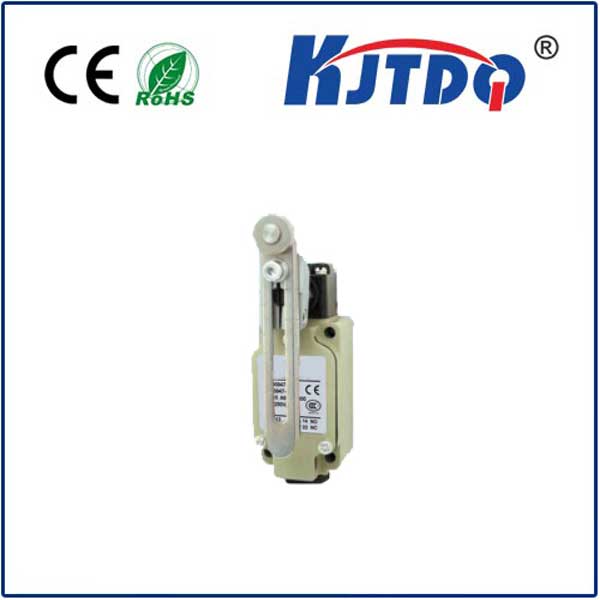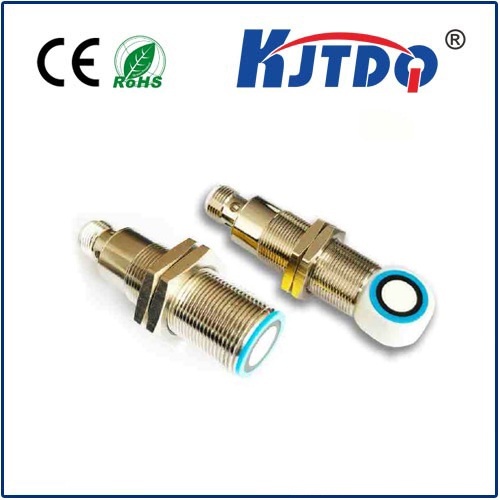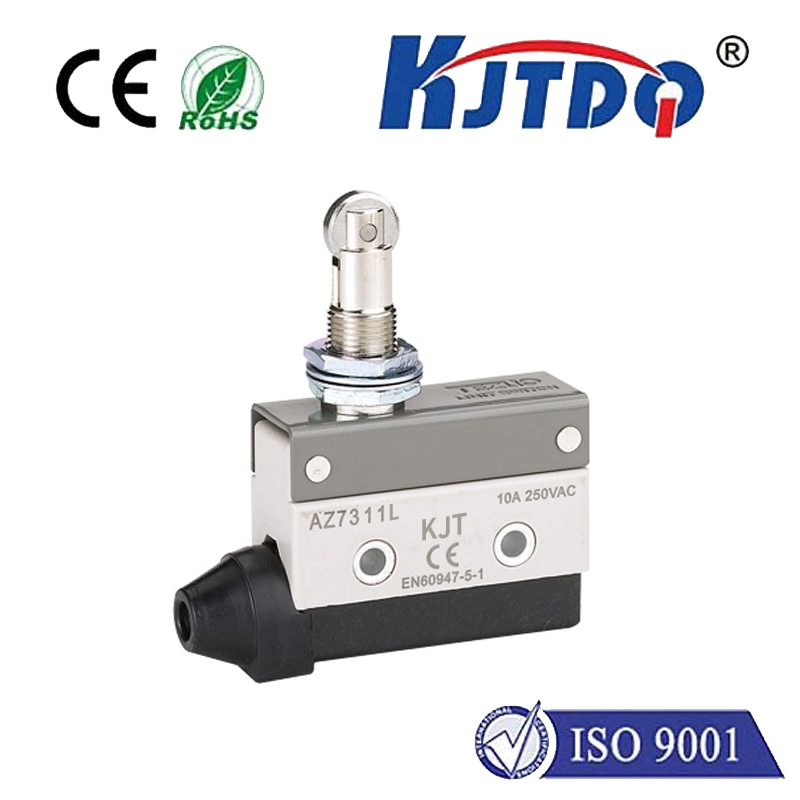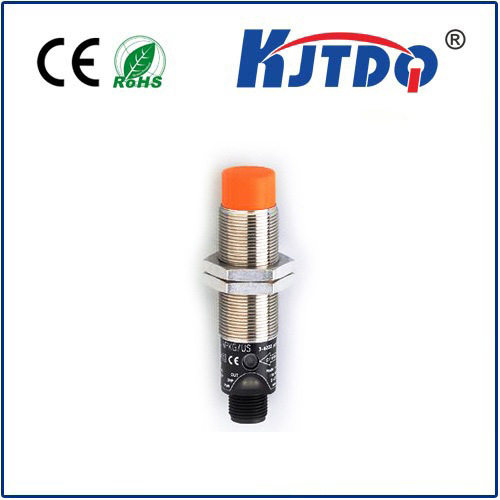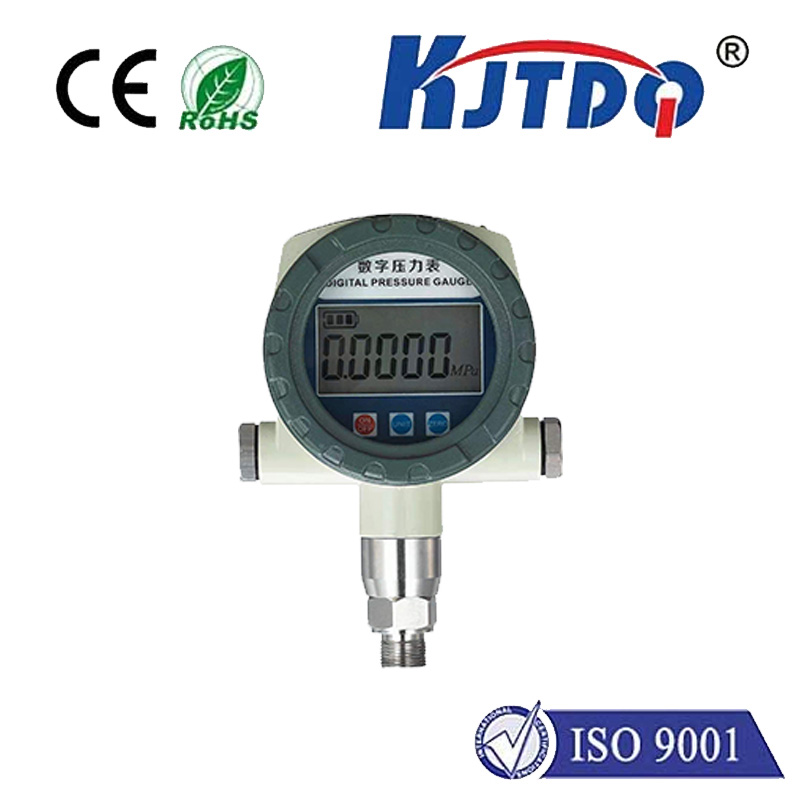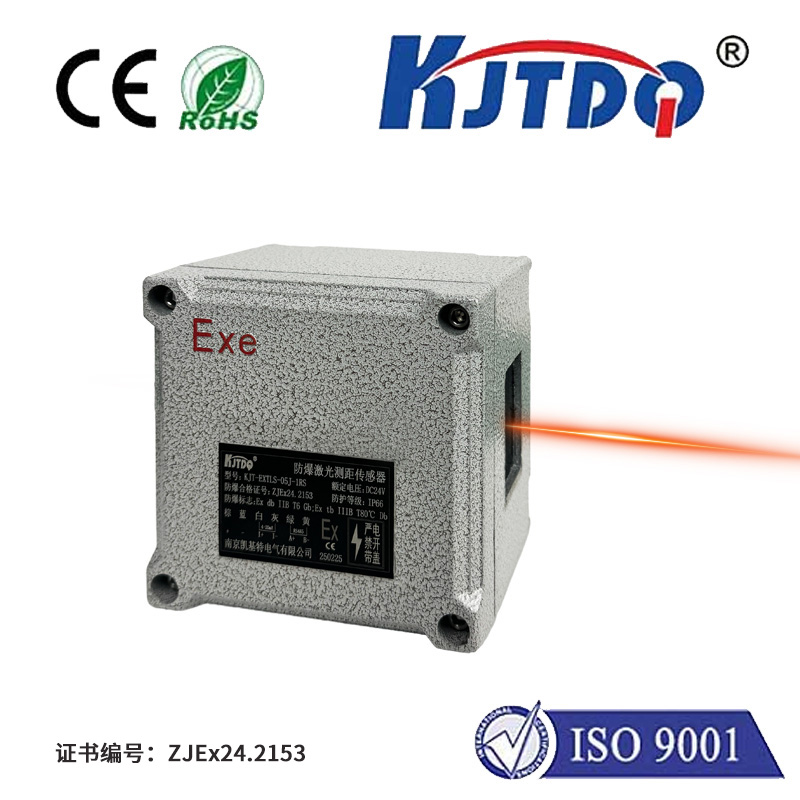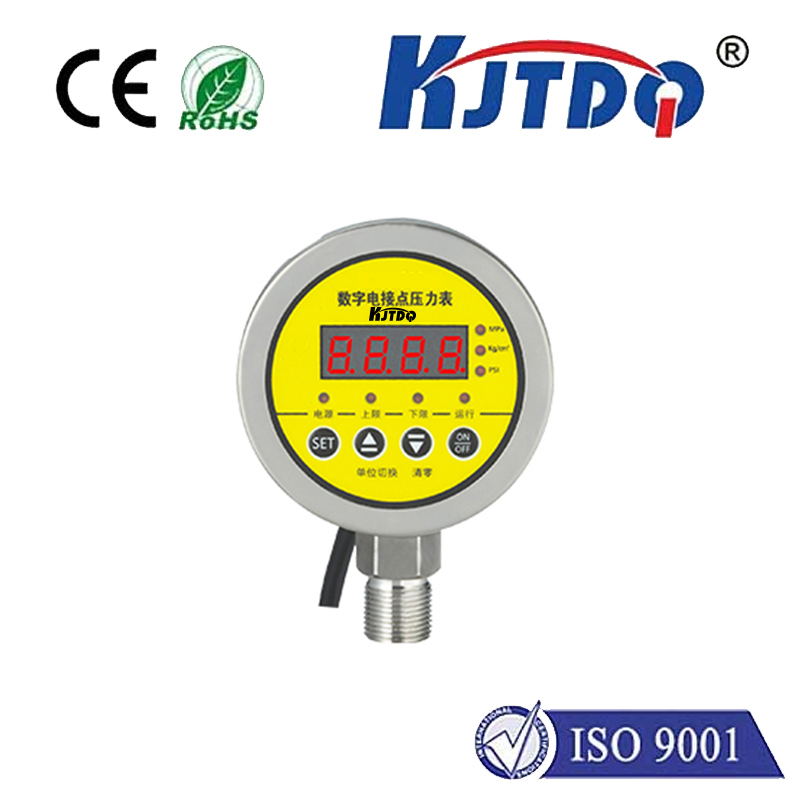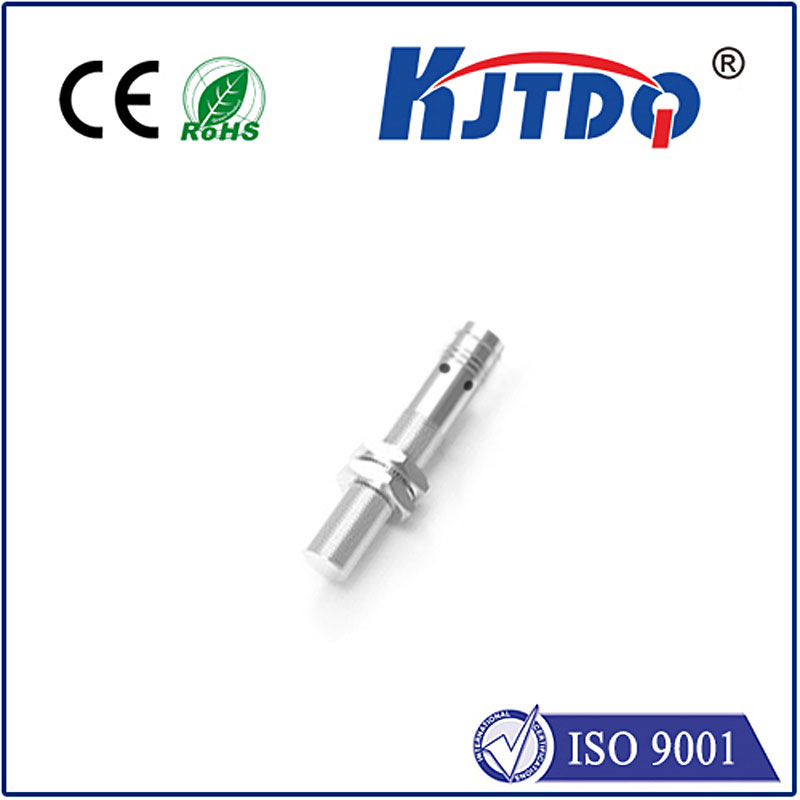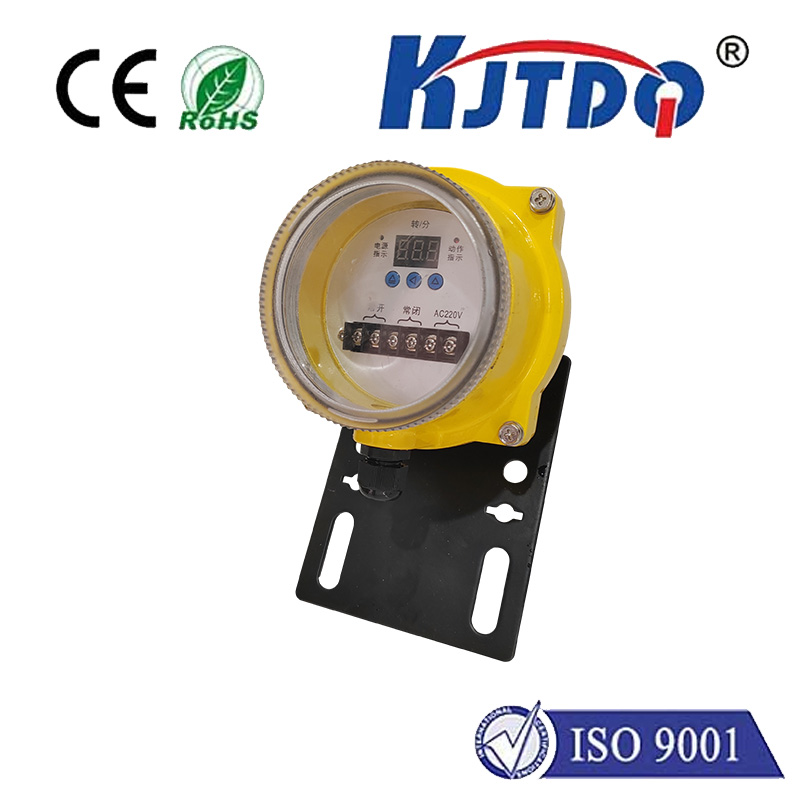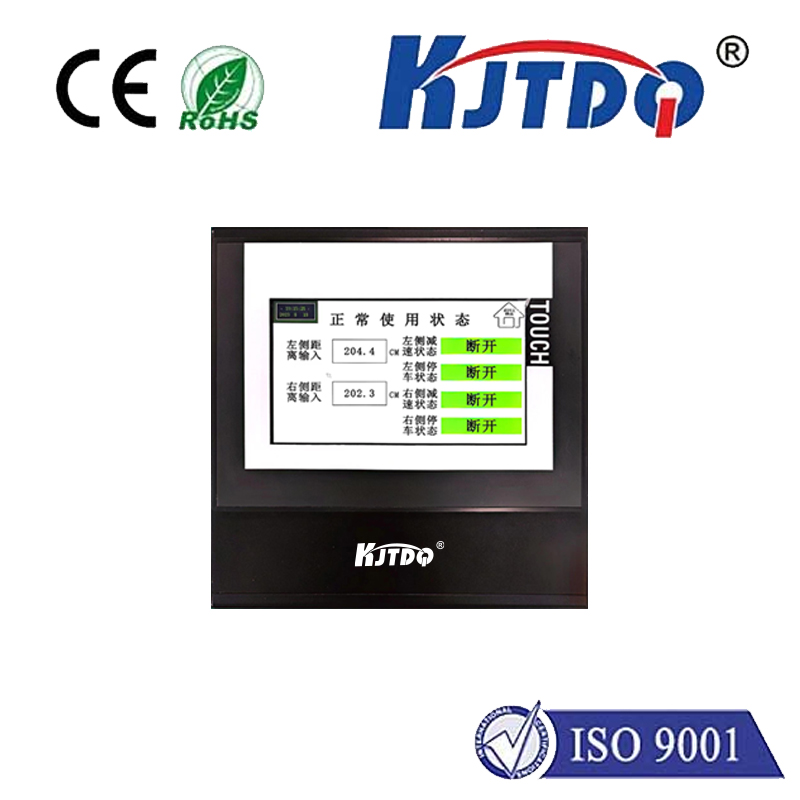armstrong furnace limit switch
- time:2025-07-31 02:51:30
- Click:0
Don’t Ignore the Guardian: Understanding & Troubleshooting Your Armstrong Furnace Limit Switch
That familiar hum of your Armstrong furnace kicking in promises cozy warmth. But what if silence follows, leaving your home stubbornly chilly? Before panic sets in, consider a silent sentinel within your system: the Armstrong furnace limit switch, also commonly known as the high limit switch or simply the furnace limit switch. This unassuming component plays a critical safety role, and its operation (or malfunction) is often the key to restoring heat efficiently and safely.
What Exactly Is the Armstrong Furnace Limit Switch?
Think of it as your furnace’s built-in safety thermostat and guardian against overheating. Its primary function is to monitor the temperature inside the furnace’s heat exchanger – the chamber where combustion gases heat the air circulating through your home. The furnace limit switch is strategically placed downstream from the heat exchanger, precisely where the heated air exits.
It works on a simple, vital principle:
- Temperature Monitoring: It constantly reads the air temperature leaving the heat exchanger.
- Normal Operation: If the temperature falls within the designed safe operating range (typically between 100°F and 200°F, depending on the model), the switch remains “closed,” allowing the furnace to operate normally. The system cycles through its heating phase as programmed.
- Overheat Protection - The “Trip”: If the temperature detected by the limit switch exceeds a preset high-limit threshold (e.g., 200°F or higher), it automatically “opens” the electrical circuit. This acts like an emergency shut-off valve: it immediately stops the burner to prevent further heating.
- Cooling Cycle: Crucially, even though the burner shuts off, the limit switch typically keeps the blower fan running. This vital step forces air through the overheated heat exchanger, cooling it down rapidly to bring the temperature back into a safe range.
- Reset & Restart: Once the temperature drops below a lower reset threshold (significantly below the trip point), the switch automatically closes the circuit again. This allows the furnace control board to initiate a new heating cycle if the thermostat still calls for heat. Think of it as the guardian signaling the “all clear.”
Why Does My Armstrong Furnace Limit Switch Trip? A Signal You Can’t Ignore

A tripped Armstrong furnace limit switch isn’t inherently broken; it’s doing exactly what it was designed to do – protect your system. However, frequent tripping or a furnace that shuts off too quickly indicates an underlying problem forcing the temperature to spike. Ignoring this is like ignoring a smoke alarm – potentially dangerous and damaging. Common culprits include:
- Restricted Airflow (The Prime Suspect): This is overwhelmingly the most frequent cause. Your furnace relies on a steady stream of air to absorb heat from the exchanger. If this airflow is choked:
- Dirty Air Filter: A clogged filter is the easiest fix. Replace filters regularly – typically every 1-3 months during heating season.
- Blocked Vents/Registers: Ensure furniture, drapes, or rugs aren’t blocking the supply vents blowing warm air into rooms or the return vents pulling cool air back to the furnace.
- Dirty Blower Wheel or Motor: Dust and debris buildup on the blower wheel (squirrel cage) or a struggling motor can drastically reduce airflow volume.
- Obstructed Ductwork: Crushed ducts, severe leaks, or heavy internal debris accumulation impede airflow.
- Undersized Ducts: In rare cases, original ductwork may simply be insufficient for the furnace’s output.
Malfunctioning Blower Fan: If the blower fails to start, runs too slowly, or shuts off prematurely, vital cooling airflow ceases. This causes the heat exchanger temperature to skyrocket rapidly, triggering the limit switch. Listen for unusual sounds (humming without spinning, grinding) or lack of airflow from vents.
Excessively High Burner Flame/Gas Pressure: While less common in modern furnaces, incorrect gas pressure (too high) or burner issues can create too much heat too quickly, overwhelming the normal airflow’s ability to carry it away.
Aging or Faulty Limit Switch Itself: Like any component, the furnace limit switch can eventually wear out or fail. It might become overly sensitive (tripping at normal temperatures) or fail “open” (preventing the furnace from starting at all, even if temperatures are safe).
Troubleshooting an Armstrong Furnace Limit Switch Trip: Safety First!
- Step 1: The Simplest Fix - Check & Replace the Air Filter. This solves the vast majority of limit switch trip issues. Locate your filter slot (often near the furnace intake or in a return duct) and inspect it. If it’s visibly dirty, replace it with a fresh one per manufacturer specifications. Never run your furnace without a filter.
- Step 2: Ensure Unobstructed Airflow. Walk around your home. Open all supply vents completely. Ensure return vents are uncovered and free of dust/dirt buildup. Move furniture or rugs away from vents. Ensure the immediate area around the furnace cabinet has good clearance.
- Step 3: Observe the Blower Fan. When the thermostat calls for heat:
- Does the blower start reliably soon after the burner ignites?
- Does it run continuously after the burner shuts off until the call for heat ends and the post-purge is complete?
- Does it sound normal (steady hum) or strained/loud?
- If the blower isn’t functioning correctly, it points to a fan motor, capacitor, or control issue requiring professional attention.
- Step 4: Give It Time to Reset. If the switch tripped due to an airflow blockage you’ve cleared, the furnace usually needs 15-60 minutes to cool down sufficiently for the limit switch to reset automatically. Don’t rush it.
When to Call a Professional HVAC Technician
While checking the filter and vents is DIY-friendly, proceed with caution when:
- The filter is clean, vents are open, but the furnace limit switch keeps tripping.
- You suspect a blower motor problem (unusual noises, failure to start/run).
- The furnace refuses to start at all, even after waiting (limit switch may be failed permanently open).
- You smell gas, see soot, or notice any irregularities in the burner flame (call immediately!).
- You lack experience working with heating systems. Safety is paramount. Incorrect diagnosis or tampering with gas lines or electrical components can be dangerous.
The Crucial Role: Why the Armstrong Furnace Limit Switch Matters
This small component is your furnace’s first line of defense against catastrophic failure:
- Prevents Heat Exchanger Damage: Extreme, sustained heat can warp or crack the metal heat exchanger. Repair is costly; replacement is often required. The limit switch stops the burner before damage occurs.
- Protects Against Fire Risk: Severe overheating poses a direct fire hazard. The switch mitigates this risk.
- Ensures System Longevity: By preventing overheating cycles, the limit switch contributes significantly to your Armstrong furnace’s overall lifespan and reliability.
- Safeguards Indoor Air Quality: A cracked heat exchanger is the most dangerous consequence of ignoring limit switch trips.






